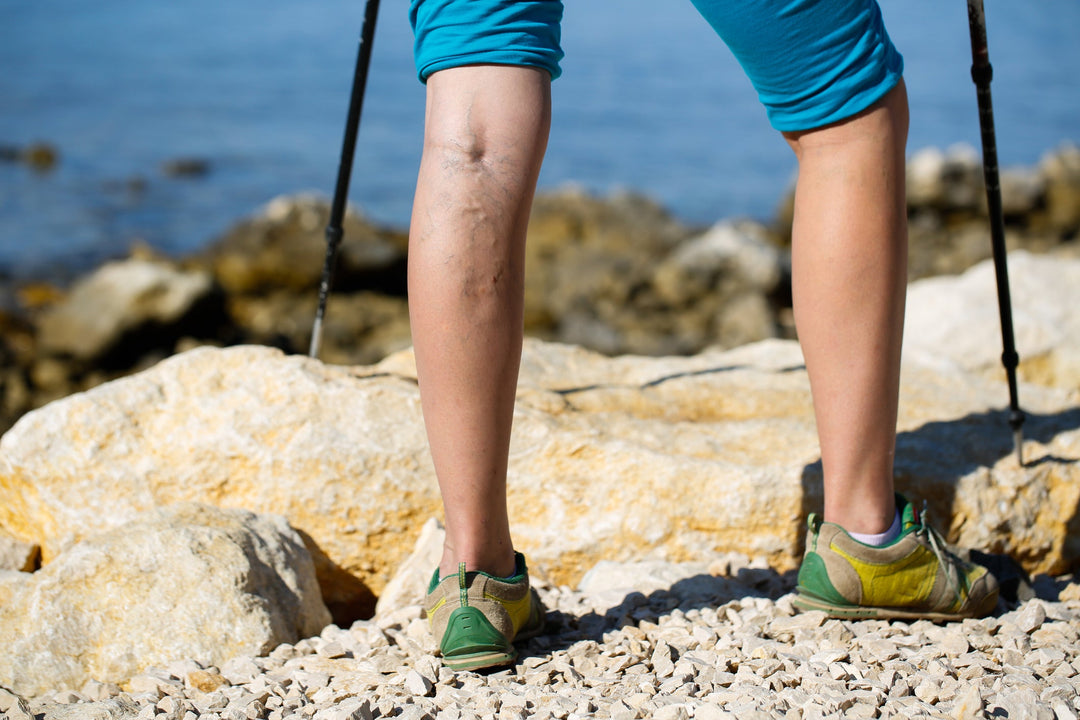Understanding the role of Omega 3 in Children

You most likely have heard about the benefits of Omega 3 Fatty Acids. Omega 3 is considered essential because your body does not make Omega 3 (DHA and EPA). Many of us are likely consuming Omega three either through diet (by eating ocean wild-caught fish) or through supplementation. But when it comes to giving Omega 3 supplements to our children, we put the brakes on. It makes sense as there is confusing information on the merits of providing children Omega 3 and just how old should they be before you supplement their diets?
The need for Omega 3 and children begins much earlier than you may realize. It starts before birth while the fetus is growing. But science is catching up, & there is a very distinct understanding to ensure a healthy brain and all its functions requirements for this vital nutrient is on the increase.
- Omega 3 fatty acids are the critical building blocks of fetal brain development & the development of the eye's retina.
- Omega 3 is required to help establish the developing immune & central nervous system.
- Omega 3 fatty acids also play a role in the length of gestation (preventing premature birth) & preventing depression in moms after birth.
- During pregnancy, the baby's brain's growth begins to accelerate during the second half of pregnancy. This brain development rate remains high during the first year of your child's life & continues to grow for several years.
- Omega 3 supplementation for your child is also obtained through breast milk, so it becomes even more critical for the mother to consume fresh ocean fish or supplement with Omegas.
- As your child grows, Omega 3 fatty acids continue to help improve behaviour & improve sleep.
- Omega 3 supplementation can also help reduce stress, anxiety and nervousness in children & reduce the symptoms of ADHD, which is a neurodevelopment disorder.
- Omega 3 supplementation in young children also shows remarkable improvement in reducing children's allergies and respiratory illnesses.
- Fish Based - wild salmon, black cod, halibut, trout, anchovy, sardines, mackerel and herring
-
Food-Based- hemp hearts, hempseed, chia seeds, chia seed oil, flaxseeds, flaxseed oil, walnuts, walnut oil, pumpkin seed, pumpkin seed butter and natto.
When Should You Start Your Child on Omega 3 Supplements?
If you are pregnant and are concerned about consuming too much fish, consider taking an Omega 3 supplement during pregnancy. Continue to take your Omega 3 supplement after childbirth, especially if you are breastfeeding. Your baby is using your reserves for their growth. If you are not breastfeeding your child, consider a good quality liquid Omega 3 (0-2 years) added to their formula. After the age of two, you may want to consider giving your child an Omega 3 supplement if they are not consuming at least 2-3 servings of Ocean Wise Wild Caught Fish ((serving size is equal to the size of a deck of cards.) Most studies indicate that 120- 1300 mg of Omega 3 (containing EPA & DHA) is beneficial for children. Adjust dosage based on age and recommendations as indicated on the label
What to Look for in Omega 3 Supplements for Kids?
The right Omega 3 supplements should contain both forms of Omega 3, DHA and EPA. Some forms of Omega 3 also include vitamin D. Some of the most recommended brands for children are Genuine Health Kids Omega 3 + D, a well-balanced form of Omega 3 and sweetened with natural monk fruit. NutraSea Kids Omega 3 is a more comprehensive formula with add GLA & Vitamin D and comes in a yummy bubble gum flavour. NutraVege Kids Omega 3 comes from the same manufacturer but provides Omega 3 from plant sources for children that cannot have fish. Brands such as Herbaland Omega 3 Gummies are an excellent option for children who will not take a liquid. Herbaland Omega 3 gummies have two options for kids including a vegan option called Herbaland Kids Vegan Omega 3,and Herbaland Classic Omega 3. Whereas products such as New Nordic Equazen Chews are a more specialized Omega 3 most recognized and recommended for ADHD and other behavioural problems in children.
Resources








Leave a comment